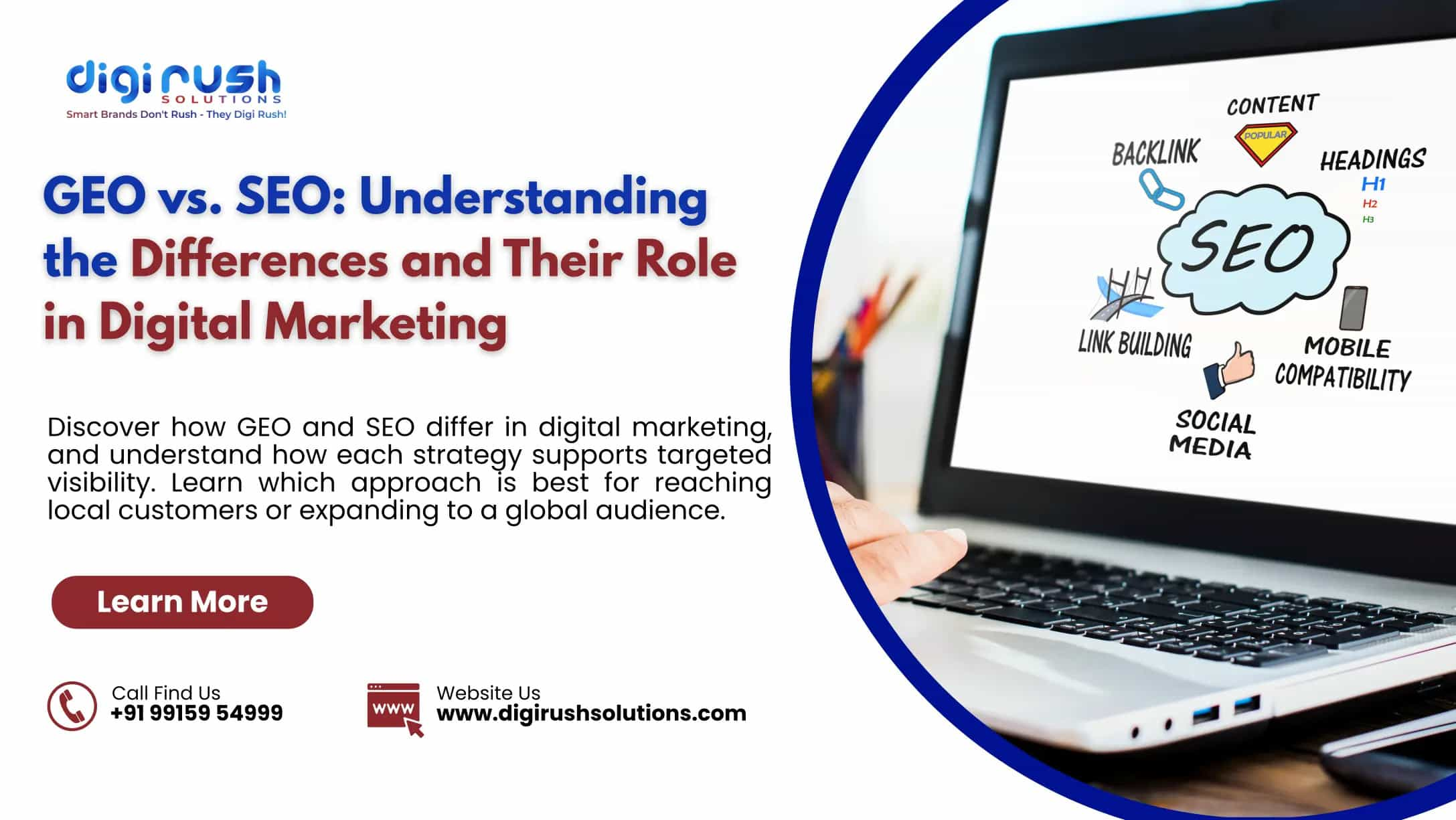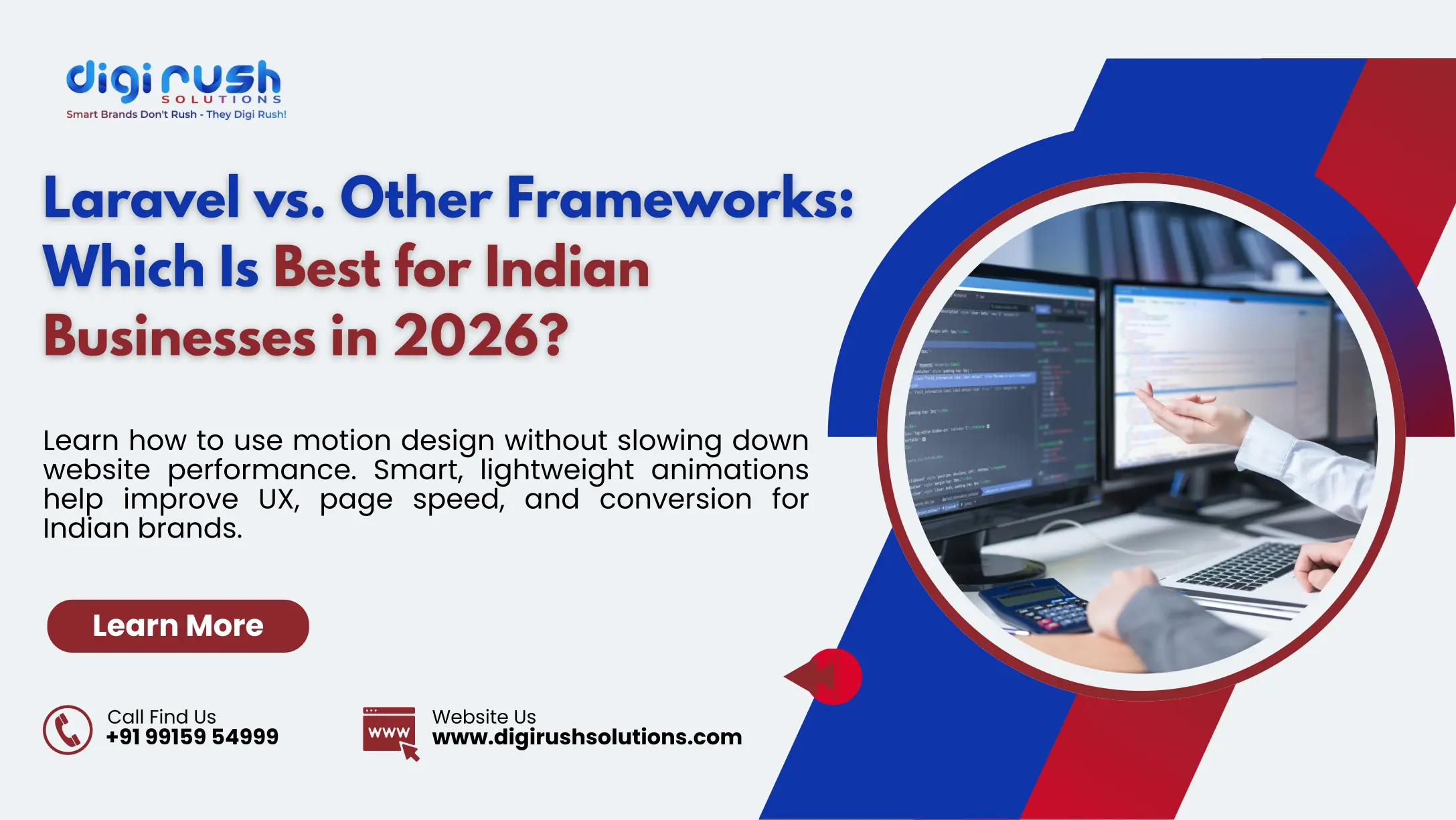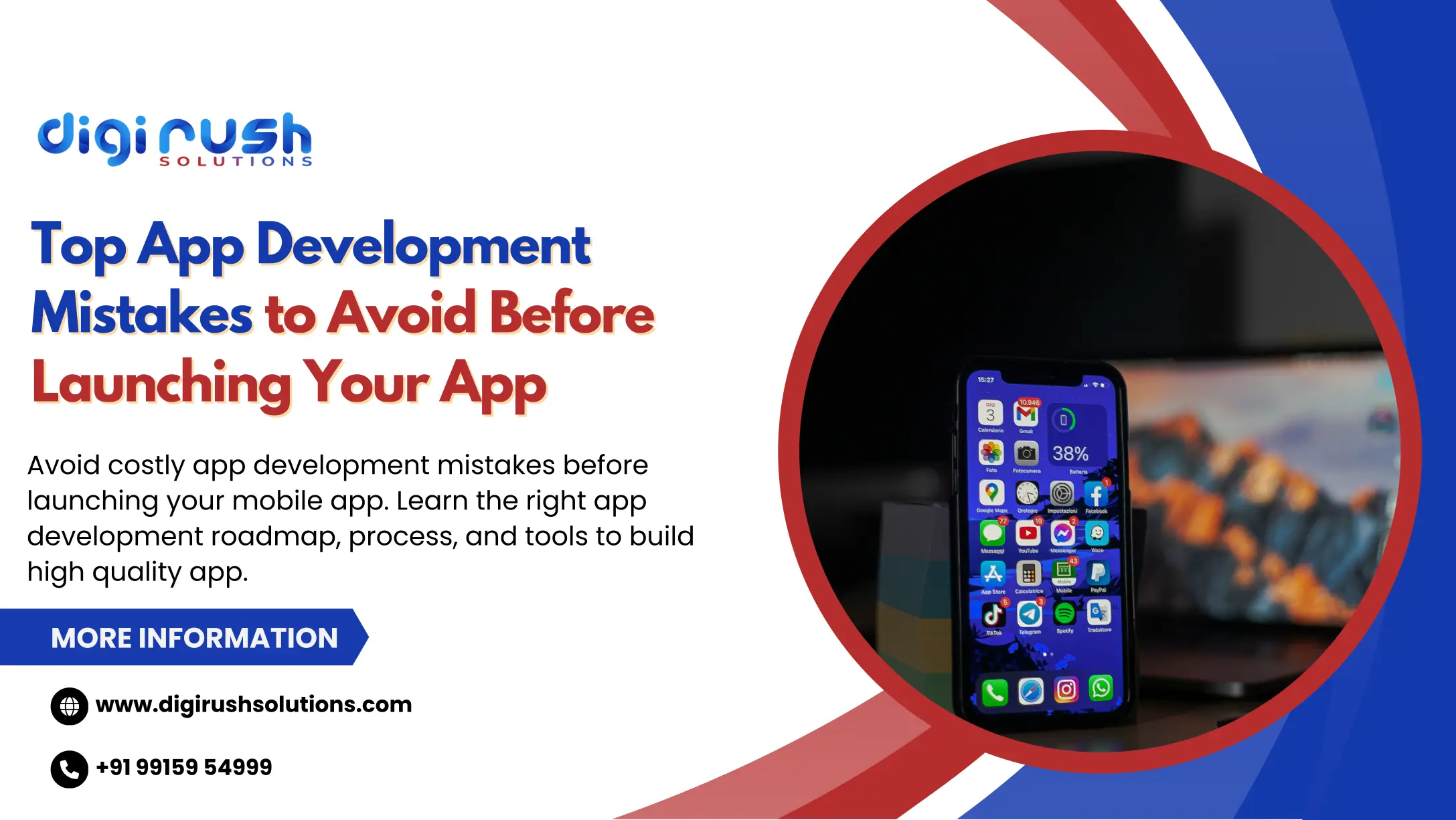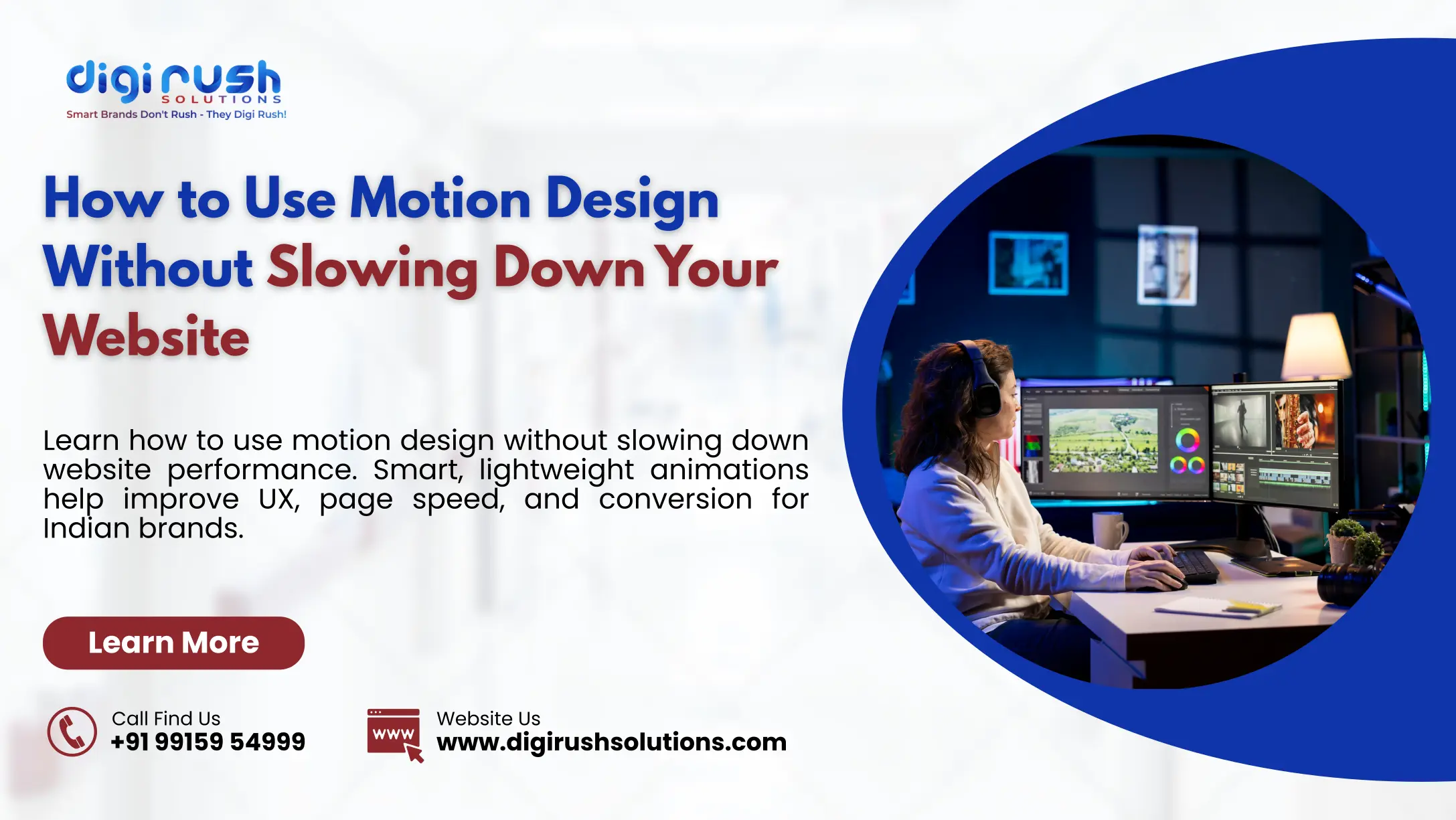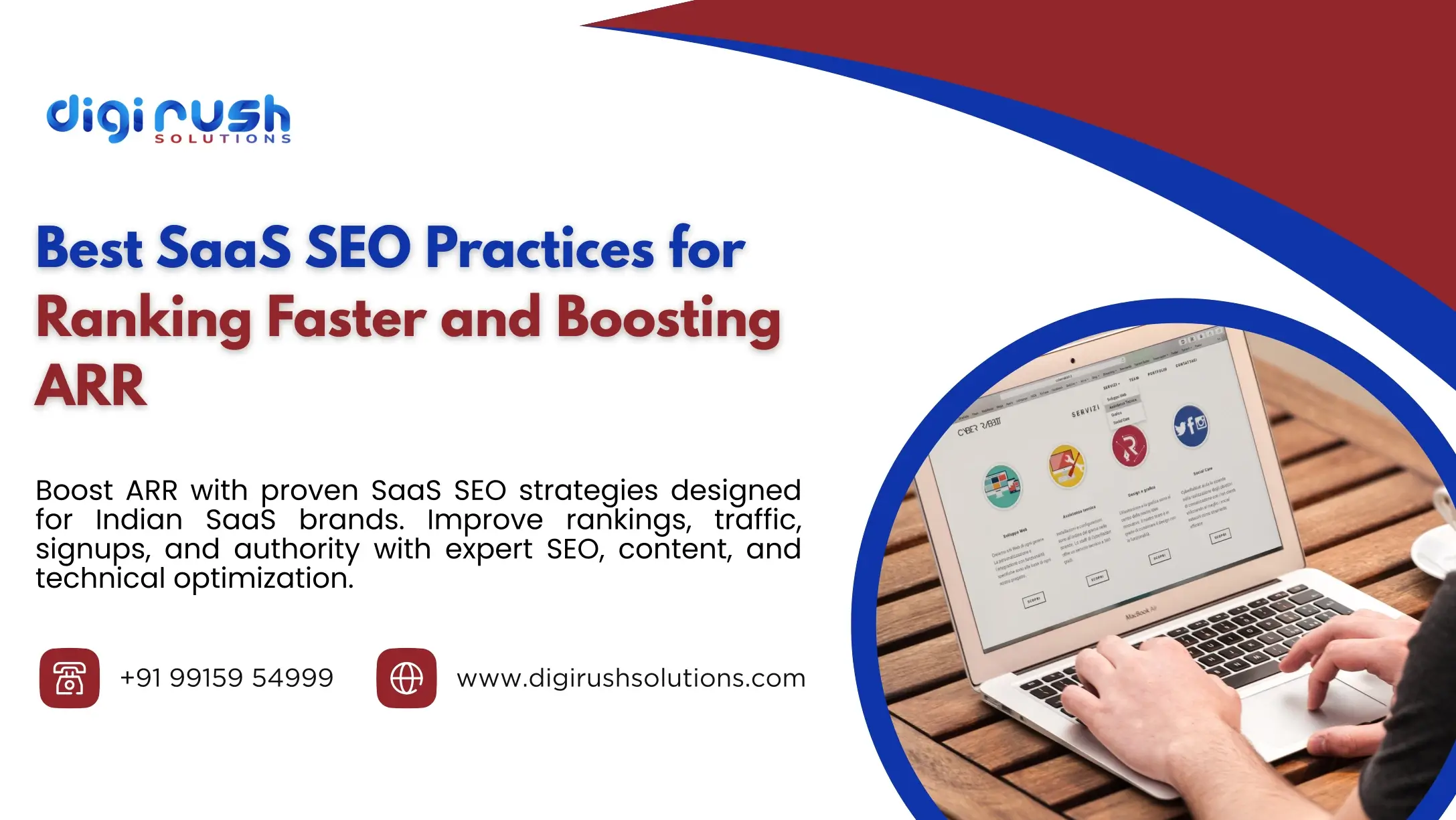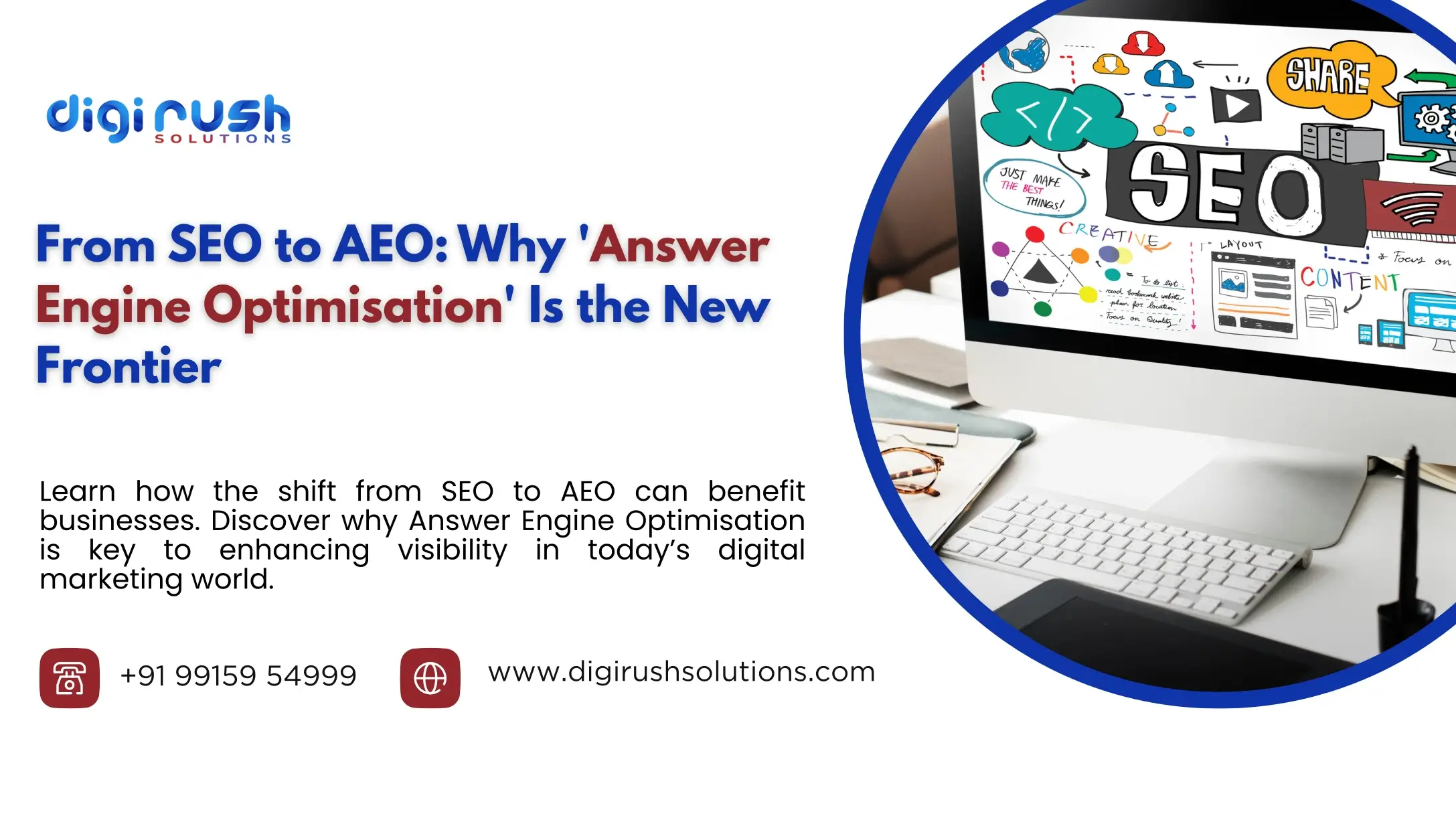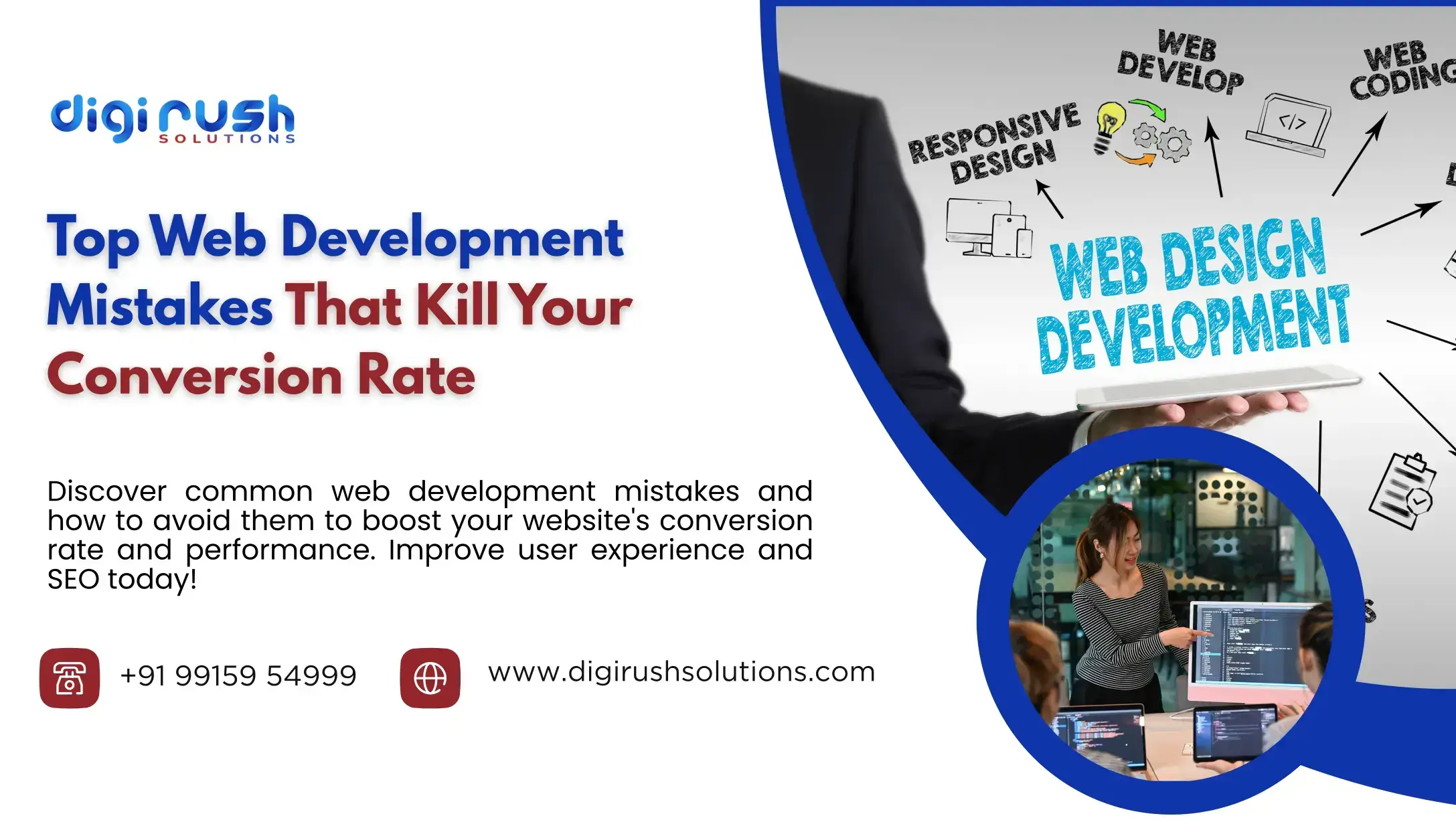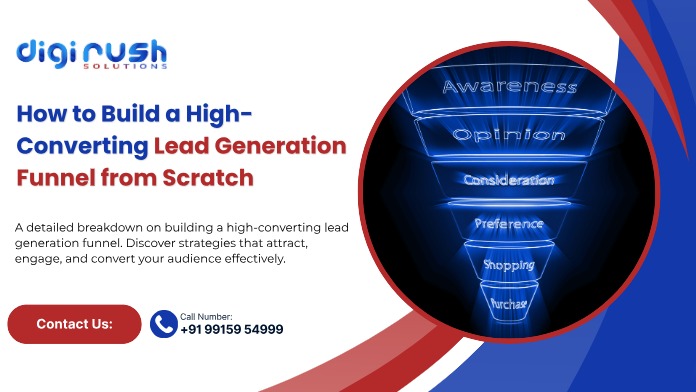
Building a high-converting lead generation funnel from scratch is one of the most crucial undertakings for contemporary digital companies. Without an organized funnel, marketing campaigns cannot effectively retain qualified prospects, resulting in wasted budgets and unreliable growth.
A well-designed funnel is not just a series of landing pages or ad campaigns; it is a highly engineered system capable of attracting, cultivating, and converting potential customers into paying clients with accuracy.
Understanding the Core Concept of a Lead Generation Funnel
A lead generation funnel is the systematic process whereby cold leads become interested prospects and ultimately become loyal customers. The journey begins by attracting attention, passes through consideration and interest, and concludes with conversion.
In contrast to spurious marketing methods, funnels leverage psychology, behavioral triggers, and data-driven touchpoints to achieve the highest conversion rates.
Marketers who seek to create a high-converting lead generation channel must understand that it is a combination of both science and art. The science is in the analytics, measuring metrics, and testing; the art comes from persuasive copy, compelling offers, and strategic user journeys.
Step 1: Define Audience Segmentation with Surgical Precision
Even before funnel creation starts, audience clarity is the priority. Companies that try to create funnels without well-defined customer personas always end up with low engagement and poor ROI. A strong funnel needs to address:
- What is the ideal prospect?
- What pain points dominate their daily experience?
- Which solutions, offers, or incentives work most deeply?
Data-backed, advanced audience segmentation, utilizing demographic, psychographic, and behavioral information, enables marketers to craft highly relevant funnels. By incorporating tools such as CRM analytics, AI-powered segmentation platforms, and social listening, companies develop a road map that directs funnel creation with precision.
For companies running performance campaigns, collaborating with a PPC service provider in India can significantly enhance targeting efficiency. These providers are aware of both local and global search intent, allowing companies to direct advertising expenditure to the appropriate audience groups with greater accuracy.
Step 2: Construct Irresistible Lead Magnets
The success of a funnel largely depends on the quality of the lead magnet. Average content downloads do not deliver high-converting lead generation rates. Businesses need to provide value that encourages users to share their details.
High-quality lead magnets are:
- Resale eBooks or Whitepapers for solving niche-specific issues.
- Live Webinars or Masterclasses that provide real-time knowledge sharing.
- Free Trials or Demos for SaaS products.
- Interactive tools like ROI calculators or quizzes.
The core philosophy is evident—deliver more value than the competition, and the lead magnet is irresistible.
Step 3: Craft Landing Pages Optimized for Conversions
Landing pages constitute the visible entry point of the funnel. A messy or poorly designed landing page instantly turns away prospects. The structure of a high-converting landing page consists of:
- A good headline that focuses on benefits, rather than features.
- Brevity-driven copywriting coupled with compelling storytelling.
- Prominent call-to-action (CTA) buttons with high contrast colors.
- Few distractions, removing unnecessary navigation.
- Trust indicators, comprising testimonials, certifications, or case studies.
Companies seeking expert landing pages typically partner with the top web design company in India, as design accuracy is crucial for driving credibility and ensuring mobile responsiveness—two non-negotiables in funnel conversion.
Step 4: Leverage Multi-Channel Traffic Generation
Even the most advanced funnel does not work without steady, qualified traffic. Companies need to pursue a diversified traffic acquisition strategy that involves:
- Search Engine Optimization (SEO): Optimizing for strategic keywords such as "high-converting lead generation funnel" or "best funnel strategies."
- Pay-Per-Click Campaigns: Utilizing Google Ads and Meta Ads to target custom audiences.
- Social Media Interaction: Utilizing platforms like LinkedIn, Instagram, or X (Twitter) to draw attention.
- Content Marketing: Blogs, podcasts, and video content strategically designed to funnel users into landing pages.
Traffic channels must seamlessly integrate with analytics to enable continuous optimization and improvement. To achieve long-term growth, organizations that utilize the best digital marketing solutions not only drive traffic but also establish lasting brand equity through consistent campaigns across multiple channels.
Step 5: Establish Automated Nurturing Sequences
Converting a lead is just the first step. Without systematic nurturing, most leads sit. Email marketing automation and retargeting campaigns turn fleeting interest into actual intent.
Key nurturing strategies include:
- Drip Email Campaigns: Gradual value delivery via newsletters, tips, and educational material.
- Behavioral Retargeting: Advertising that follows consumers between sites, reminding them of the initial proposition.
- Personalized Content Suggestions: Artificially intelligent recommendations based on downloading and browsing activities.
Automation ensures scalability, and personalization ensures relevance.
Step 6: Integrate CRM and Analytics for Data-Driven Refinement
A high-converting lead generation funnel is impossible to operate without close monitoring. CRM integration enables businesses to gain real-time insights into the behavior of leads, scoring models, and conversion opportunities. Click-through rates, bounce rates, cost per lead, and lifetime value need to be tracked periodically.
Sophisticated funnels leverage A/B testing of headlines, CTA color, and offer positions. Metrics reveal where prospects drop out of the funnel, enabling marketers to seal leaks and optimize their approach indefinitely.
Step 7: Optimize Conversion with Persuasion Frameworks
Beyond technical execution, psychology plays a significant role in conversions. Persuasion frameworks, such as Cialdini's principles—social proof, scarcity, authority, and reciprocity—are indispensable. For example:
- Displaying limited-time offers invokes urgency.
- Having expert endorsements increases authority.
- Emphasizing community adoption amplifies social proof.
These factors nudge prospects subtly towards decision-making, allowing them to progress through the funnel.
Step 8: Scale with Advanced Funnel Architectures
Once a basic funnel is operational, businesses can scale using advanced strategies such as:
- Multi-Tier Funnels: Separate funnels for top-of-funnel, mid-funnel, and bottom-funnel leads.
- Evergreen Webinars: Self-running training sessions that operate continually.
- Tripwire Products: Inexpensive entry solutions that smooth out prospects into more valuable buys.
- Cross-Channel Attribution Models: Measuring customer journeys throughout touchpoints for end-to-end optimization.
Scaling involves not only repeating success but also increasing personalization and accuracy.
Common Pitfalls to Avoid
Most companies fail to produce effective funnels because of preventable errors:
- Overcomplicated Funnels: Simplicity often outperforms overly complicated designs.
- Irrelevant Lead Magnets: Misaligned offer disrupts funnel performance.
- Forgetting Mobile Optimization: Most users use funnels on mobile phones.
- Post-Conversion Experience Ignoring: A funnel doesn't stop at lead capture; customer onboarding and retention are just as important.
The Future of Lead Generation Funnels
New technologies, such as AI-powered chatbots, predictive analytics, and voice-controlled funnels, are changing the playing field. The future holds hyper-personalized funnels, where each visitor has a one-of-a-kind experience tailored to their own behavior. Companies that embrace these technologies first will gain a competitive advantage.
Conclusion
Creating a high-converting lead generation funnel from scratch requires more than simply launching landing pages and advertising. It takes strategic planning, audience insight, persuasive psychology, and constant refinement. Organizations that excel at funnel architecture develop predictable revenue streams, decrease acquisition costs, and build long-term customer relationships.
The path to sustainable business growth is not in sporadic marketing activities, but in systemized approaches engineered to convert consistently. Each step—from segmentation to automation—is crucial to building a funnel that not only creates leads but also converts them into loyal advocates.
Recent Blog


